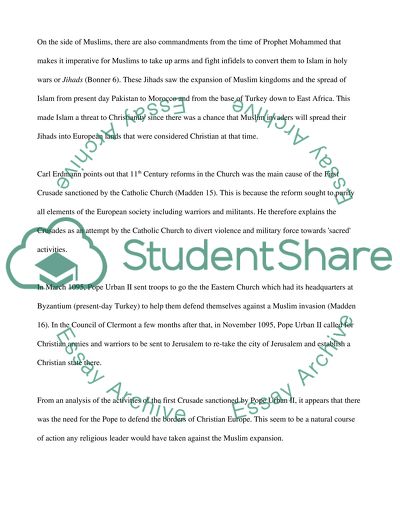Cite this document
(“The Crusades Research Paper Example | Topics and Well Written Essays - 1500 words”, n.d.)
The Crusades Research Paper Example | Topics and Well Written Essays - 1500 words. Retrieved from https://studentshare.org/religion-and-theology/1577914-the-crusades
The Crusades Research Paper Example | Topics and Well Written Essays - 1500 words. Retrieved from https://studentshare.org/religion-and-theology/1577914-the-crusades
(The Crusades Research Paper Example | Topics and Well Written Essays - 1500 Words)
The Crusades Research Paper Example | Topics and Well Written Essays - 1500 Words. https://studentshare.org/religion-and-theology/1577914-the-crusades.
The Crusades Research Paper Example | Topics and Well Written Essays - 1500 Words. https://studentshare.org/religion-and-theology/1577914-the-crusades.
“The Crusades Research Paper Example | Topics and Well Written Essays - 1500 Words”, n.d. https://studentshare.org/religion-and-theology/1577914-the-crusades.


